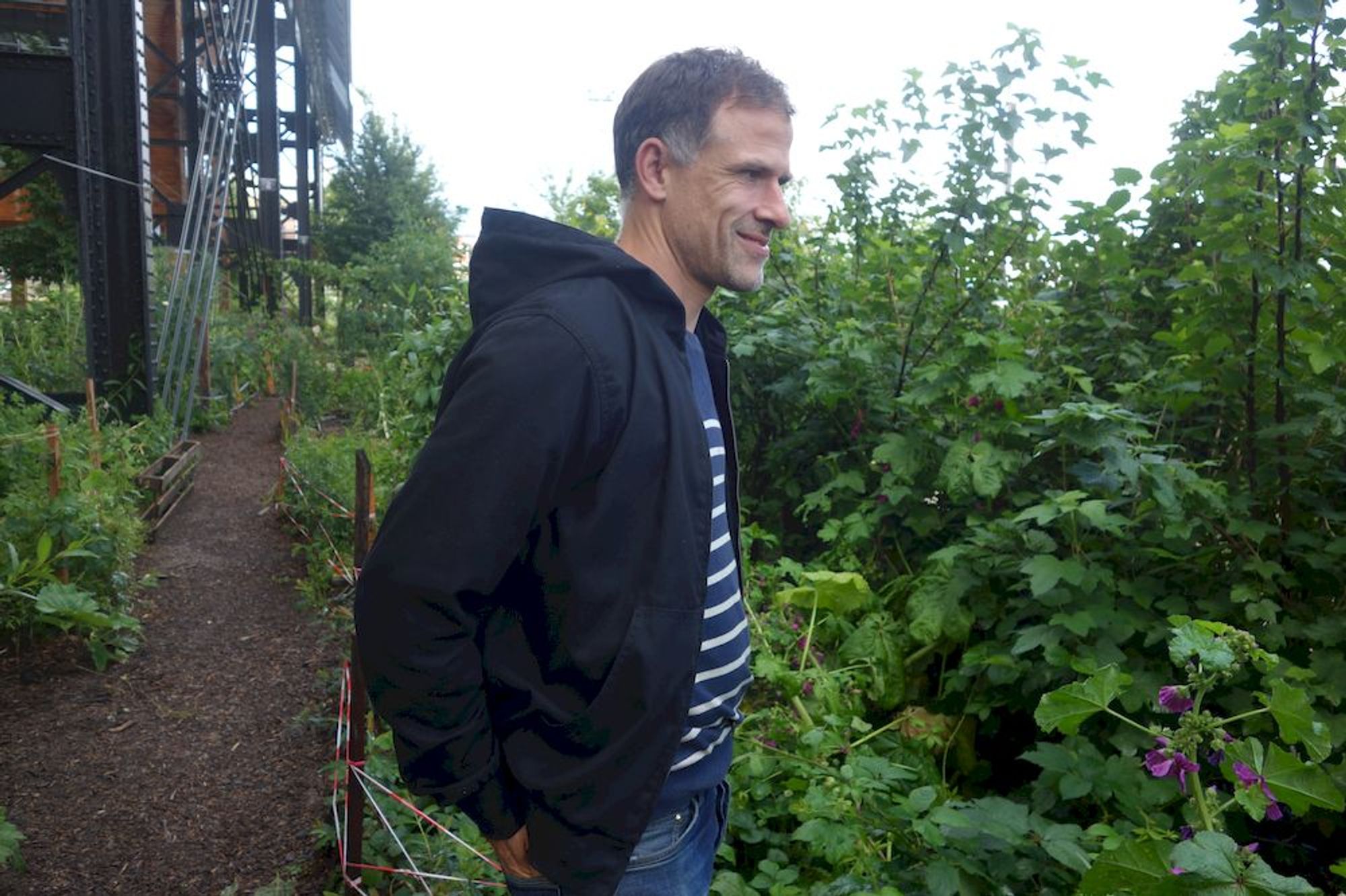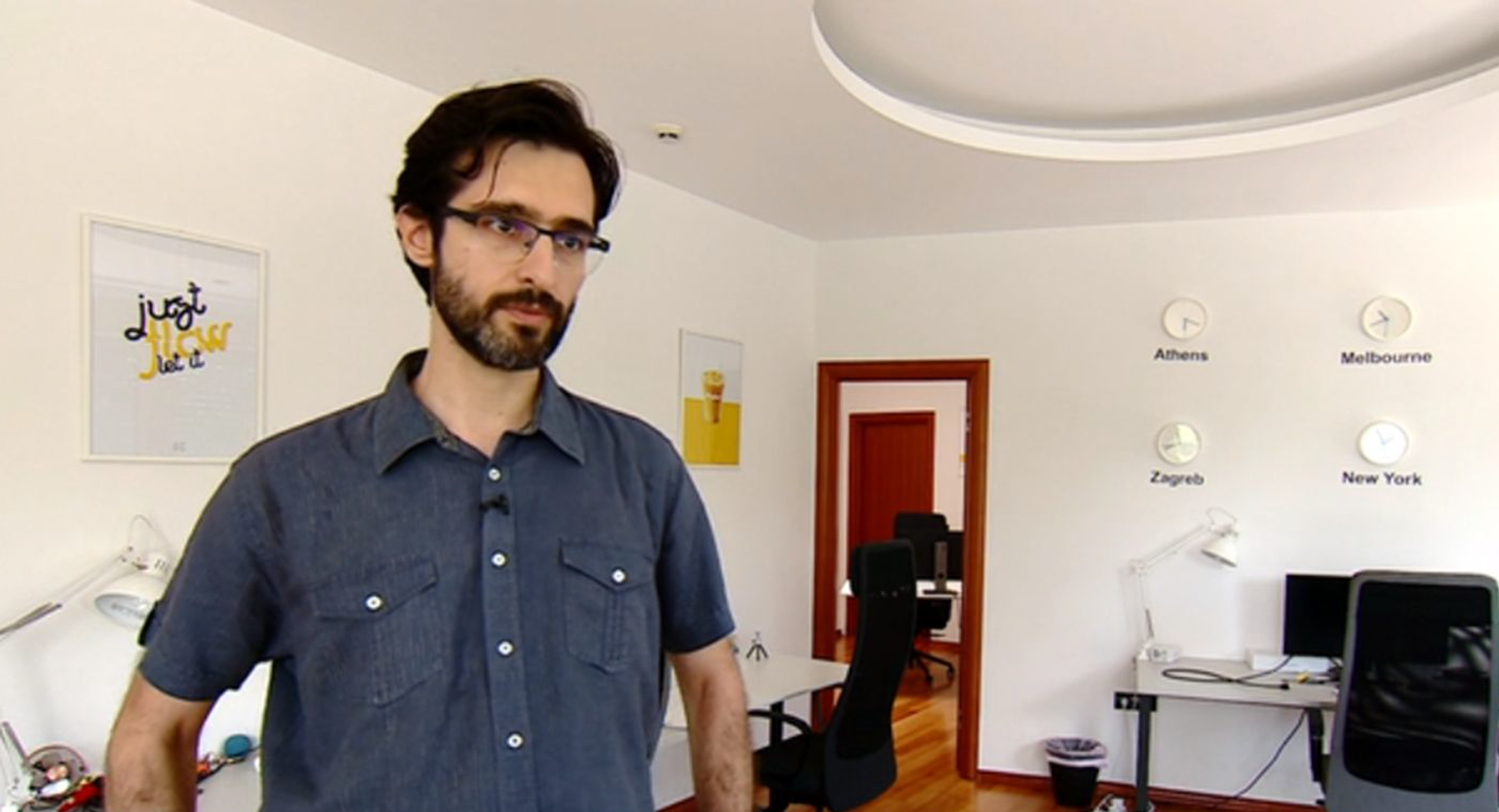Unesco's recognition of the intangible heritage of gardened fruit forms is an opportunity for us to take part in a collective that brings together the holders of a knowledge in decline, the main players in the revival of fruit arboriculture, particularly in urban environments.
These techniques are all the more relevant to us as they are highly adapted to the dense urban environment, with their ability to fit in as close as possible to buildings and reinforce interactions between the living and the built environment. These techniques are like a reconciliation between two universes that for a long time we wanted to separate.
Our mastery of these skills enables us to provide the best possible support to amateur residents, professionals, local authorities and, in general, to all those involved in both the urban fabric and the return of life to the city. We constantly call on these techniques in our training, awareness-raising, co-design and landscaping activities.
In our opinion, they represent a heritage, a tradition, a history and, above all, know-how that we need not only to preserve or make known, but also to update in the light of current climatic, environmental, social, nutritional and urban challenges.
These challenges make these techniques increasingly relevant, and their capacity to be part of a range of solutions for changing the way cities evolve, by integrating cultivated nature and bringing nourishing plant life as close as possible to human living spaces. These techniques will be among the main tools for making cities nurturing and resilient.



